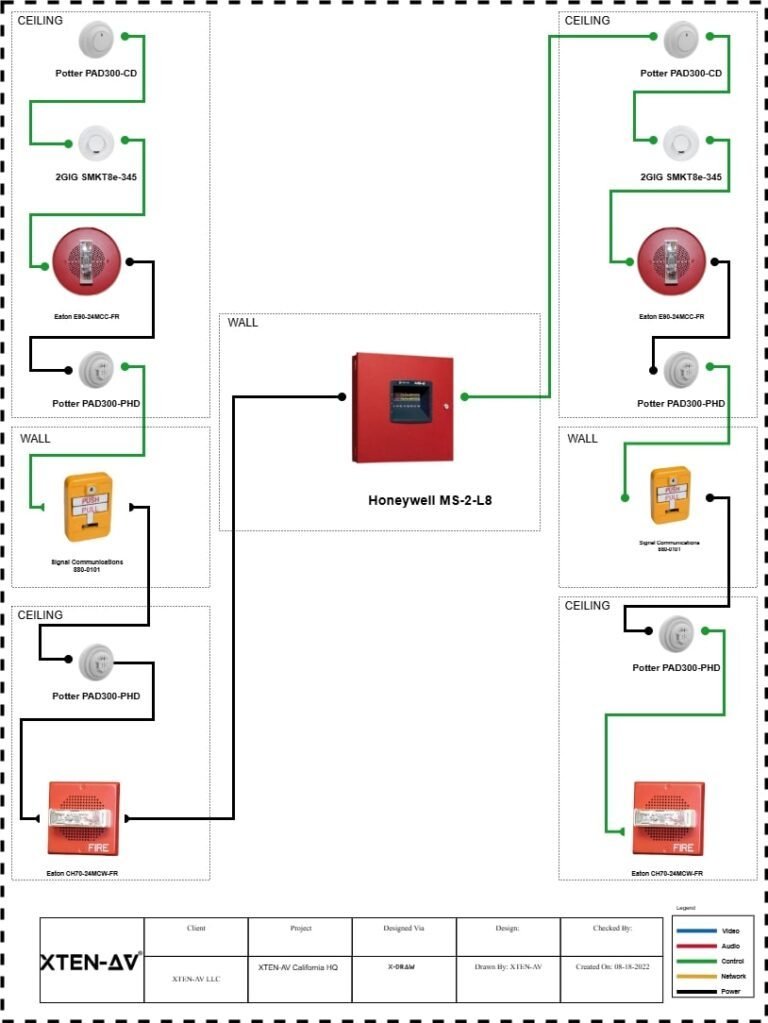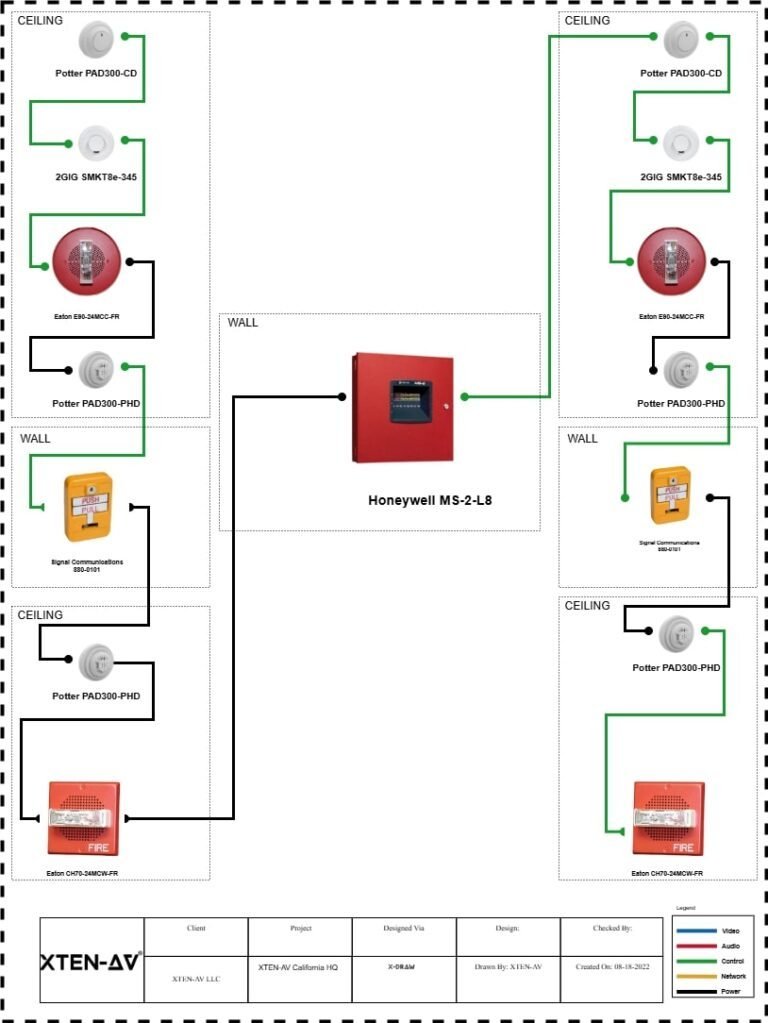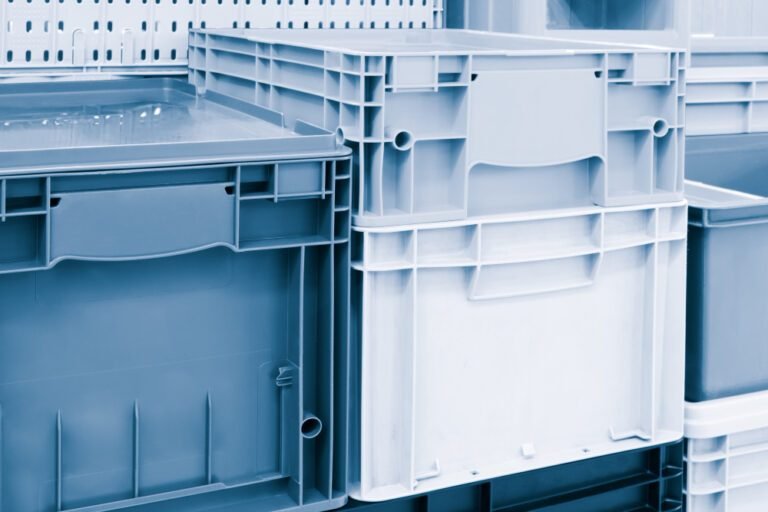A roof rack is one of the most practical accessories you can add to your 4WD. It gives you extra space to carry camping gear, recovery tools, fuel cans, kayaks, and even rooftop tents — perfect for long road trips and off-road adventures across Australia.
But while roof racks are built for strength and convenience, they come with limits. Overloading or improper use can cause serious safety risks, vehicle damage, or even accidents. To help you make the most of your setup, here are the top roof rack safety tips every driver should know.
1. Know Your Roof Rack’s Load Rating
Every roof rack has a maximum load rating, which represents the total weight it can safely support. This number includes everything — the rack itself, the cargo, and any accessories like tie-down straps or awnings.
Static Load Rating – the maximum weight your rack can hold when the vehicle is stationary (like supporting a rooftop tent).
Dynamic Load Rating – the maximum weight allowed while driving, which is usually much lower due to motion and wind resistance.
Exceeding these ratings can lead to structural failure, roof damage, or even loss of load while on the move. Always check your rack’s manufacturer manual and stay well within the limits.
2. Distribute Weight Evenly
Uneven weight distribution is one of the most common causes of roof rack issues. Placing heavy gear on one side can throw off your vehicle’s balance and affect handling — especially when cornering or braking.
To stay safe:
Position heavier items toward the centre of the rack.
Keep lighter gear (like sleeping bags or tents) on the outer edges.
Secure everything tightly to prevent shifting during the drive.
Even a few kilograms shifting at highway speed can cause your rack to sway or loosen, which is both dangerous and damaging.
3. Avoid Overpacking the Roof
Just because there’s space doesn’t mean you should fill it. A roof rack is meant to extend capacity, not replace your main storage. The higher your load, the higher your centre of gravity, making your vehicle more prone to rolling on uneven terrain or sharp turns.
Whenever possible, store heavier or dense items inside the cabin or in a rear drawer system. Keep the roof for lighter, bulky equipment like:
Swags and sleeping bags
Camp chairs and tables
Lightweight storage boxes
Shovels or recovery boards
This helps maintain better stability and improves your off-road safety.
4. Use Quality Tie-Downs and Straps
Rope or bungee cords might seem convenient, but they aren’t reliable for securing gear on the roof. Use rated tie-down straps or ratchet straps specifically designed for vehicle loads.
When strapping items down:
Use at least two straps per item for security.
Tighten evenly to avoid bending or damaging the rack.
Ensure no strap ends are flapping in the wind — they can cause noise and even fray over time.
Investing in high-quality, UV-resistant straps is a small price to pay for long-term safety and peace of mind.
5. Check Clearance and Height Limits
After installing a roof rack — especially with gear or a rooftop tent — your vehicle’s height changes significantly. Always know your total height (including accessories) before entering car parks, garages, or underpasses.
Tip:
Write your total height on a small label near the driver’s visor for quick reference.
Be cautious when driving under low branches or off-road obstacles.
Accidentally clipping an overhead barrier can cause major damage to your rack, roof, and gear.
6. Regularly Inspect Mounts and Bolts
Roof racks endure a lot of vibration, wind pressure, and off-road stress. Over time, bolts can loosen or brackets can wear down. Regular inspection helps you catch small issues before they turn into big problems.
Before and after major trips:
Check mounting points and crossbars for cracks, rust, or wear.
Tighten all bolts and nuts as per manufacturer torque specs.
Make sure rubber pads or protective coatings are intact to prevent scratching your roof paint.
A well-maintained roof rack lasts longer and ensures your cargo stays safe.
7. Keep Aerodynamics in Mind
Overloading or poorly arranging your cargo can hurt fuel efficiency and increase wind noise. To improve aerodynamics:
Keep the load low and compact.
Use wind deflectors or fairings to reduce drag.
Avoid stacking items unevenly or letting them hang over the edges.
Even small changes in airflow can affect your 4WD’s stability at highway speeds — especially when combined with crosswinds or rough terrain.
8. Be Cautious with Rooftop Tents
Rooftop tents have become a popular camping option, offering convenience and comfort. However, they’re heavy — often 50–80 kg — and add extra height to your vehicle.
Before installing one:
Ensure your rack’s static and dynamic load ratings can handle it.
Avoid stacking additional items beside or on top of the tent.
Use strong mounting brackets and check them after every few trips.
A tent adds wind resistance and changes handling, so drive slower and more carefully when it’s fitted.
9. Clean and Maintain Your Roof Rack
Dust, salt, and moisture can cause corrosion or rust buildup over time — especially if you frequently travel off-road or along coastal areas.
Routine maintenance tips:
Wash your roof rack regularly with mild soap and water.
Dry thoroughly to prevent moisture buildup under fittings.
Apply a light protective coating (like silicone spray) on metal parts.
This not only keeps your rack looking new but also extends its lifespan.
10. Respect Legal Load Limits
In Australia, exceeding your vehicle’s Gross Vehicle Mass (GVM) or roof load limit can result in fines, reduced insurance coverage, or voided warranties.
Always factor in:
The rack’s weight
Cargo weight
Mounting brackets and accessories
Stay within your manufacturer’s recommended total load to ensure safe and legal operation.
Final Thoughts
A roof rack can completely transform your 4WD experience — offering more space, flexibility, and freedom on every trip. But safety always comes first. By following these roof rack safety tips, you can protect your vehicle, your gear, and everyone on the road.
Regular checks, smart loading, and proper installation are all it takes to ensure your rack performs at its best for years to come.
At Opposite Lock Cardiff, we provide high-quality roof racks and accessories designed for Australian conditions. Whether you need a complete setup or professional fitting advice, our team can help you load up safely and confidently for your next adventure.








































































































































































































































































































































































































































































































































































































































































































































































































































































































